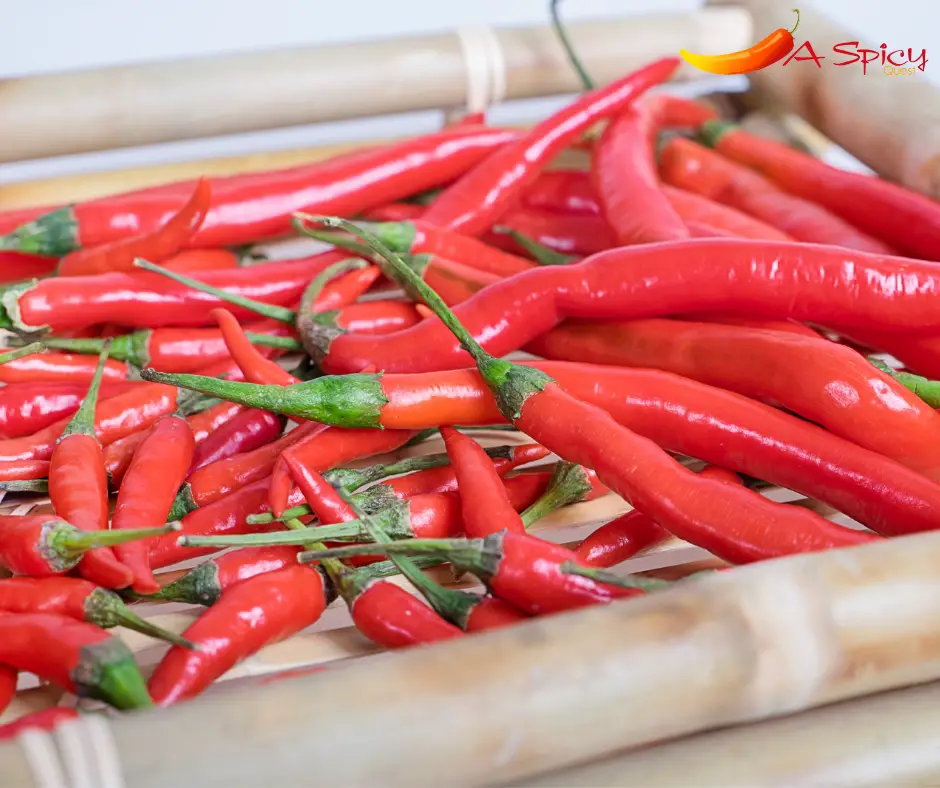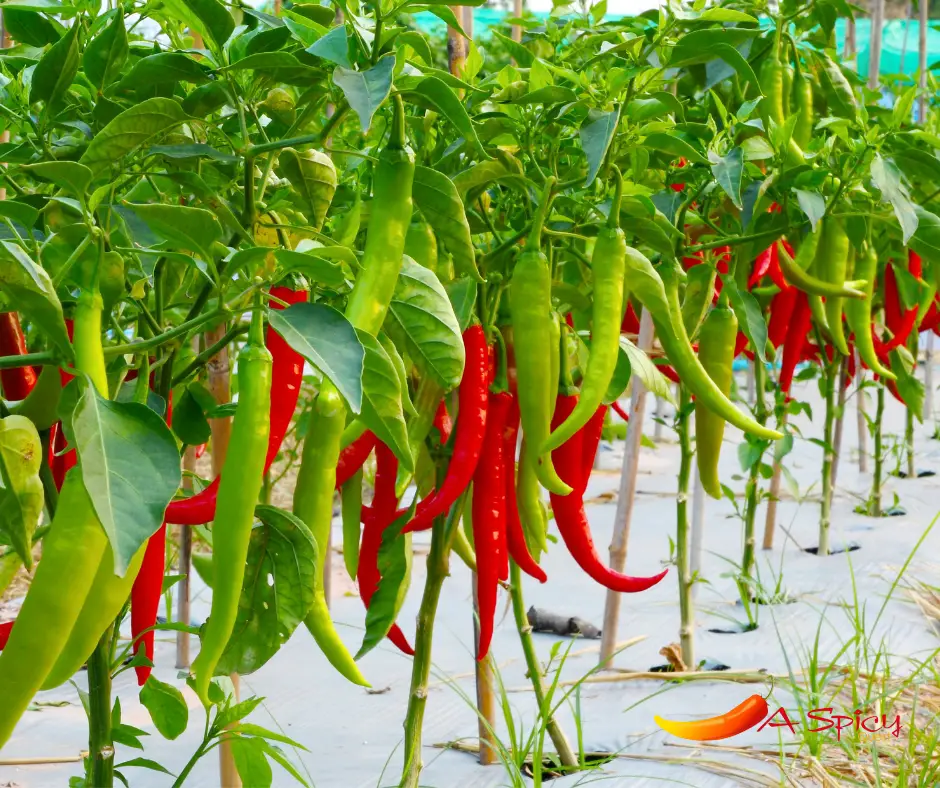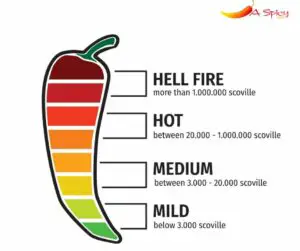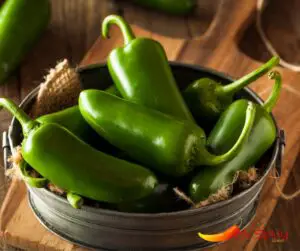
If you love spicy foods, then you’re familiar with chilies. But when it comes to chilies, we often don’t think about their origins, history, and distribution of them. This is natural as many people worldwide use chilies at least once a day, so they quickly become a part of our lives.
Chilies were, for lack of a better name, already growing wild in their native land heading into the last ice age. During the worst time, when the environment was harsh and dry, they would grow and command their habitat until it became the tropics we know today and could only sustain them at this point in history.
The History Of Chillies

The history of chilies begins in Central and South America, where the Aztecs and Mayans first cultivated them. The plant was domesticated at least 6,000 years ago.
Chilies have been around for a long time. They are one of the oldest known spices in the world.
Chili is a fruit that grows on plants and is round with a papery covering. The inside of the chili is red or orange, and it has tiny seeds. Chilies can range from very small to very large, depending on how spicy they are.
There’s evidence that people have been eating chilies since prehistoric times in Asia, Africa, and India. Some researchers believe it was India where people first began cultivating chilies 4-5 thousand years ago because there are records of spices traded between India and China during that time.
Chilli peppers have been used for thousands of years in cooking and still play a big part in diets worldwide.
The chili pepper was one of the first domesticated crops grown by man; it was also one of the first plants intentionally introduced into Europe after Christopher Columbus returned from his travels in America.
Chilies have been used for thousands of years as food and medicine. Today, they are cultivated commercially worldwide for their fruit, usually dried and used in spice mixes or ground into powders for cooking purposes.
Origin Of Chilies
Chili peppers are native to Mexico and Central America. They were cultivated in other parts of the world and later brought to Europe, India, and Asia.
The first recorded use of chili peppers was by the Olmecs, who inhabited the Gulf Coast region of Mexico and Central America between 1200 BCE and 400 BCE. The Olmecs used them for medicinal purposes and preparing food with them. They also used the fruit for ceremonial purposes, such as when making offerings to their gods.
The Mayans and Aztecs also cultivated chilies during this period. The Mayans used them in religious ceremonies, while the Aztecs used them as a spice or condiment in their food preparations.
The chili pepper, Capsicum annuum, is a species of the nightshade family that includes a wide variety of peppers. It is native to the Americas and has been cultivated for thousands of years.
The plant is also now found in Malaysia, India, Bangladesh, and other countries with tropical climates. The details of chili domestication are unknown; cultivation probably began before 6000 BCE.
By 4500 BCE, it had reached South Asia, and by 3000 BCE had spread to Southeast and East Asia.
Chili peppers have been a part of the human diet in the Americas since at least 7500 BCE[5] [6], possibly as long as 10 000–11,000 years ago.
Distribution of Chilies Around The World
The distribution of chilies around the world is closely related to the history of their cultivation. Chili peppers have been found in pre-Columbian archaeological sites in Peru and Bolivia, suggesting that the people of those areas domesticated them.
Chili peppers are part of the nightshade family, including tomatoes, eggplants, and potatoes. The chili pepper was first cultivated in South America before spreading to other parts of the world.
Chilies are found in all parts of the world, though they are especially popular in Asia and Central America. Chilies were carried west by Spanish explorers in the 16th century, who brought them back to Europe. They quickly became popular there as well, eventually spreading around the world.
Chilies grow wild in many places where they have been introduced, including North America, South America, and Africa. They are also cultivated on a large scale in many areas of these continents.
The most widely grown species is Capsicum annuum, which produces bell and sweet peppers. The second most common species is Capsicum frutescens, which produces hot peppers such as jalapenos, serranos, and habaneros.
Conclusion
The origin of chili peppers in the wild is uncertain. However, chilies were first domesticated in Mexico somewhere between 7000 BC and 3000 BC.
Other countries that accepted the chili pepper after its domestication include India, Indonesia, and to some extent even Polynesia. In the 16th century, Europeans brought chilies to Africa and Singapore.







